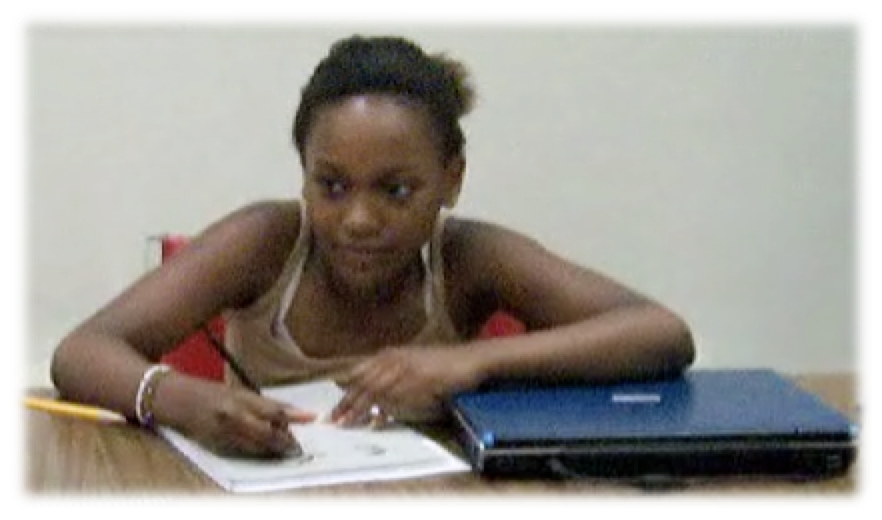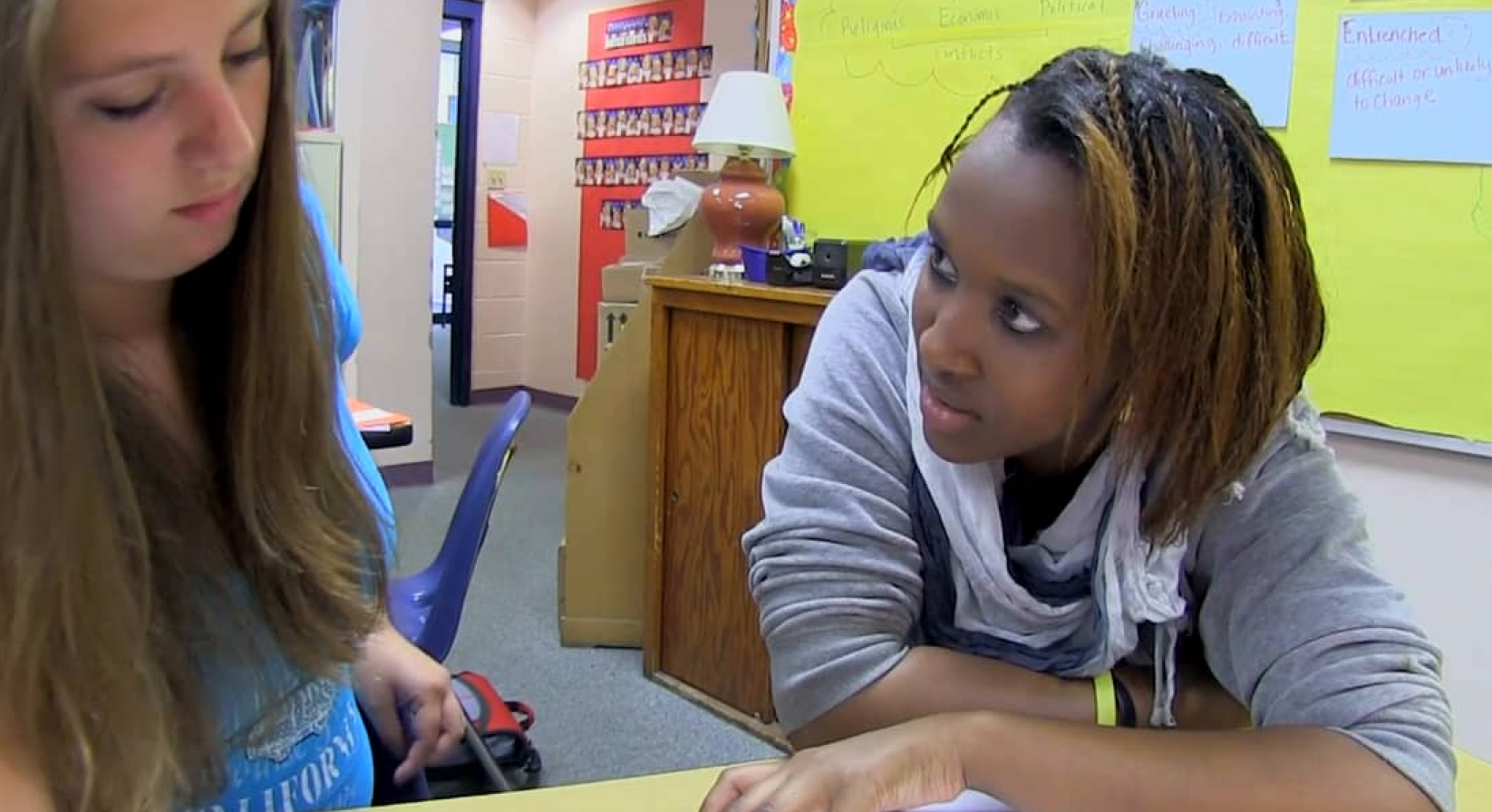Module 8
Aligned to: Danielson Domain 2, Marzano Domain 4. Organizing and maintaining multi-cultural classroom environments are the high strategies, while facilitating collaboration, respect and rapport among students. Active participation will further learning about students’ while aiding in the development of assignments and activities that are the outgrowth of high expectations for all students, with a focus on ELLs. Classroom management and effective language strategies will further group work, student engagement, and peaceful transitions between and among activities through culturally relevant practices and sensitivity training. Participants will use, share, research, plan and apply multiple methods of effective classroom design as they align to curriculum and ELL instructional needs. Looking at and analyzing exemplars will teach participants how to identify specific best practices in action, and what makes them best as a strategy, to include applied linguistics, accessing materials for applied linguistics, evaluating and analyzing materials and resources, technologies, and embedding effective practices in projects.
Course Outcomes:
- Analyze lesson components to identify embedded best practices that support the diverse language needs of their ELL students.
- Apply best practices to unit and lesson plans.
- Communicate and summarize what best practice strategies are and how they are taught.
- Use best practices in combination with pertinent lesson components and Common Core Standards as they apply specifically to ELLs.
- Apply management strategy with content goals based on industry best practices for inclusive grade-level settings focused on ELL growth.
- Create, scaffold, and differentiate lessons and lesson supports for ELLs.
- Differentiate and scaffold for ELL struggling readers.
- Apply behavior management strategies and how to organize physical space that contributes to an effective classroom environment to real classroom settings, and report back on the experiences.
- Study and practice with successful attributes of student peer review that leads to organized and peaceful transitions and student collaboration.
- Work directly with students to develop a successful multi-cultural classroom environment.
- Design culturally relevant curriculum, with access to culturally relevant resources and materials.
- Apply working knowledge of cultural competence, with an understanding of cultural identity that affects learning, student academic achievement, and overall K-12 pedagogy.
- Describe what racism, stereotyping, and cultural discrimination looks like in teaching, learning and assessment of learning.
- Communicate, summarize, and articulate the relationships among language, bias, and culture in students from diverse backgrounds and at various levels of English language proficiency.
This course is 60 hours
Section outline
-
Module 8
Scaffolding for Diversity

-
 Examine how literacy is scaffolded for these second language learners. What themes are common to what you have learned in this course so far?
Examine how literacy is scaffolded for these second language learners. What themes are common to what you have learned in this course so far? -
See the rigor and joy of Language Dives in a fourth grade classroom at Lead Academy in Greenville, SC. During a Language Dive, teachers and students slow down to have a conversation about the meaning, purpose, and structure of a compelling sentence from a complex text and topic, in this case, the American Revolution. Following the engaging deconstruct-reconstruct-practice routine, students play with the smallest "chunks" of the sentence, acting them out, rearranging them, or using them to talk about their own lives. For more on Language Dives and Conversation Cues, also watch Behind the Practice: Approaching Language Dives with Sarah Mitchell, Stephanie Clayton, and Sloane Young, Small Group Language Dive - Long Version, and Supporting English Language Learners through the Curriculum and Beyond.